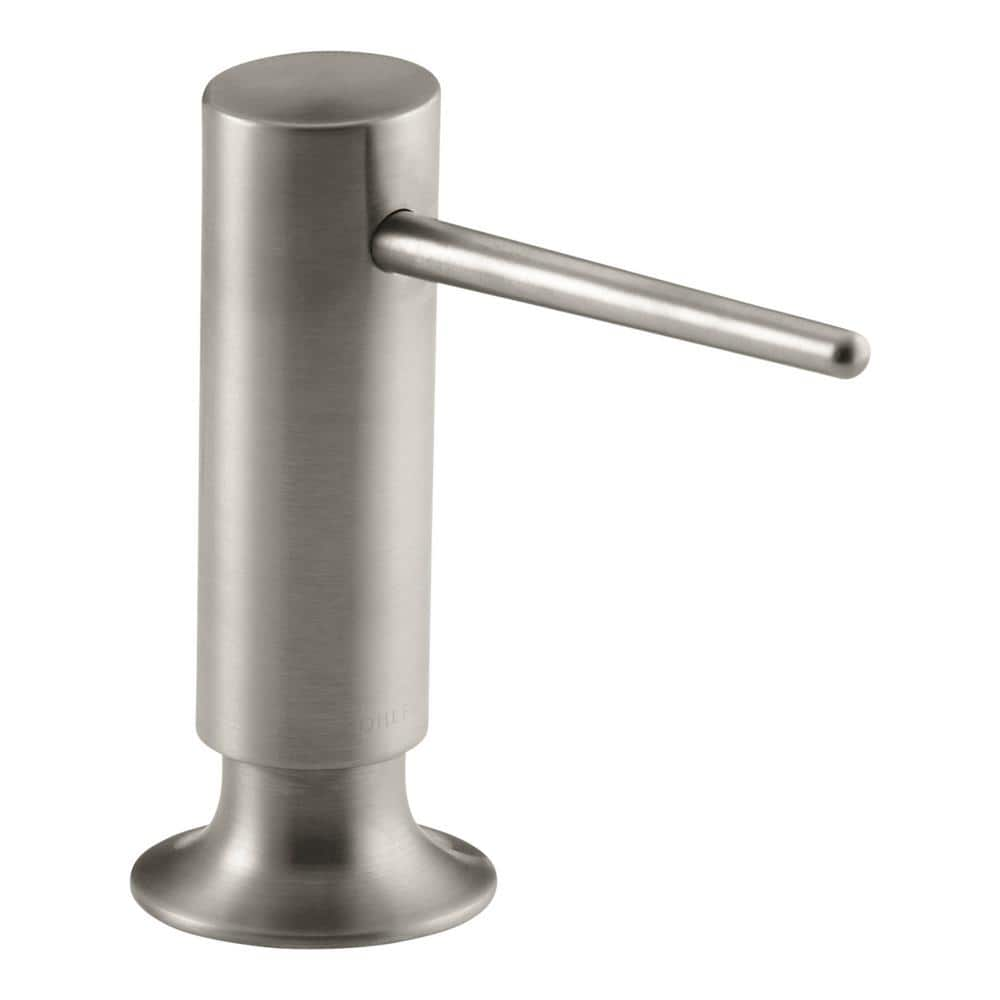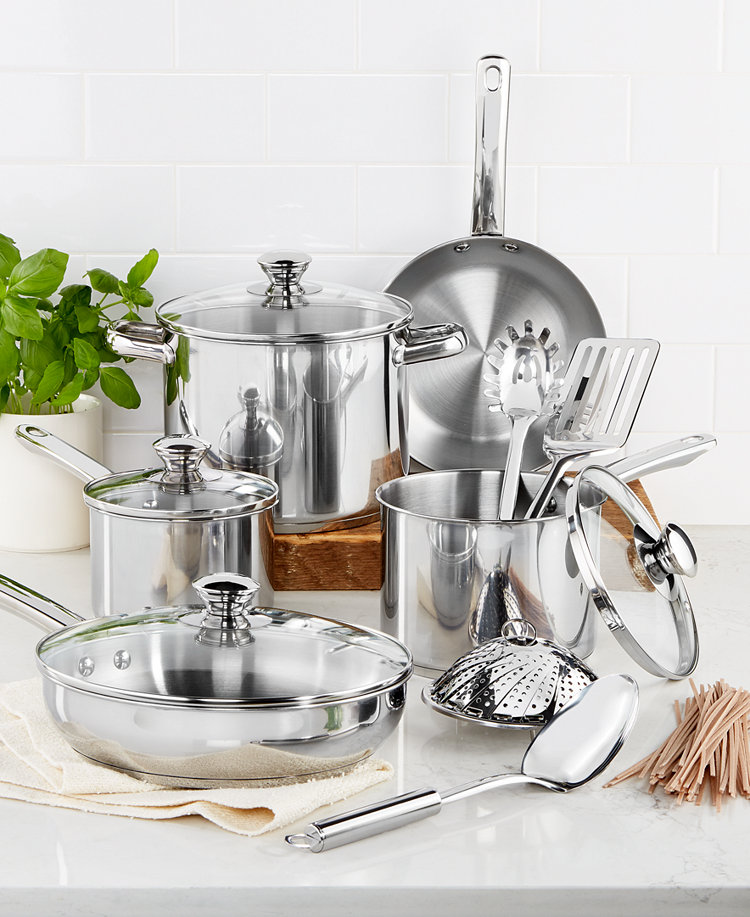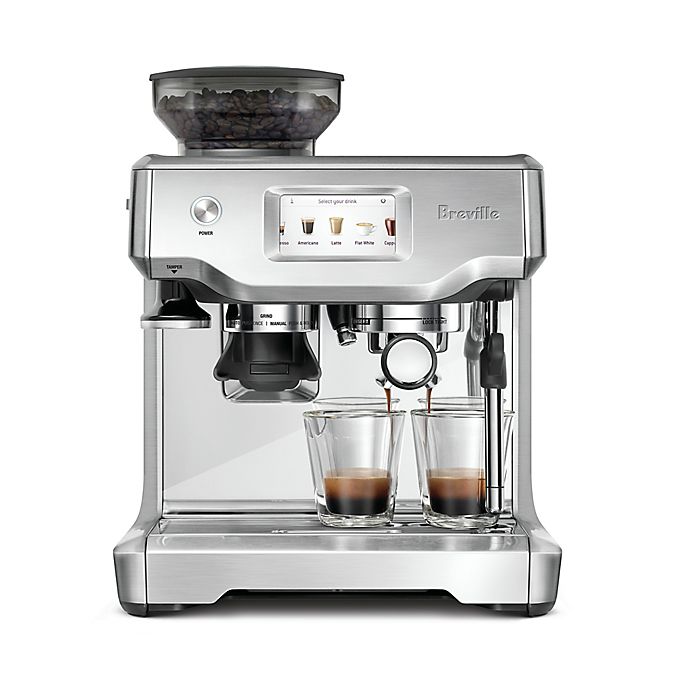KOHLER Contemporary Design Soap/Lotion Dispenser in Vibrant Brushed Nickel
Sleek appearance adds allure to your space. Complements any interior decor. Backed by a lifetime limited manufacturer warranty.
Add some ease to your life with the convenient KOHLER Countertop Brass Soap and Lotion Dispenser in Vibrant Brushed Nickel. Easily refillable from the top, this dispenser holds up to 8.5 oz. of soap, hand lotion or dishwashing liquid. Clean lines, a slim profile and long spout add functionality and elegance to your kitchen sink space while pairing nicely with other brushed nickel fixtures for a cohesive look. It is compatible with decks up to 2-1/2 in. thick for versatile use with myriad sink/countertop combinations. The lustrous finish is corrosion-resistant for lasting performance and enduring beauty.
- Holds up to 8.5 oz. of soap or lotion, refillable from the top (plastic bottle included)
- Vibrant PVD brushed nickel finish helps prevent tarnish and corrosion
- Constructed with solid brass base material for strength and durability
- Pairs nicely with other brushed nickel fixtures for a cohesive look
- Compatible with thicker countertop materials up to 2-1/2 in.
- Wipes clean easily for hassle-free upkeep
- Allows you to purchase soap and lotion in bulk rather than cluttering your space with cheap-looking disposable bottles
Additional information
| Product Height (in.) | 4.4375 in |
|---|---|
| Bottle Capacity (oz.) | 8.5 |
| Color Family | Silver |
| Color/Finish | Vibrant Brushed Nickel |
| Material | Brass |
| Mount Type | Freestanding |
| Returnable | 90-Day |
| Style | Modern |






by Alysn
The soap faucet is stylish and it has a smooth operation.
by Joye
Good sleek design. Have to press harder than I’d like to dispense soap.
by Stephen
Exactly what I’ve been looking for for 2 years
by Sally
Very easy to install. Perfect compliment to our Kohler faucet.
by Fancy
The soap dispenser was really easy to install. It took maybe 10 minutes. It is very good looking. It works well with contemporary and transitional kitchens. Aside from all of that, it works really well.
by Scott
Nice slick design, a bit hard to push down de dispenser to get the soap.
by Wayne
So happy with my new faucet and soap dispenser, my new home looks great and the kitchen is stylish and functional.